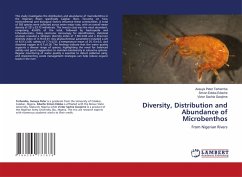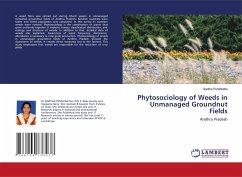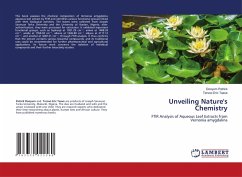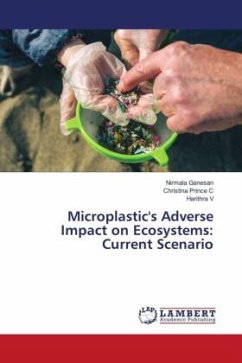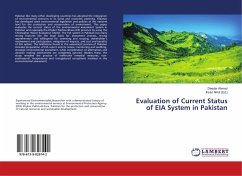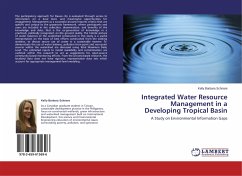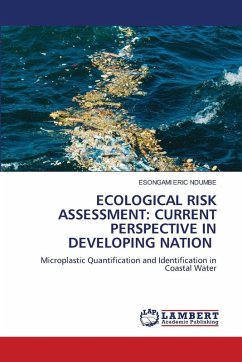
ECOLOGICAL RISK ASSESSMENT: CURRENT PERSPECTIVE IN DEVELOPING NATION
Microplastic Quantification and Identification in Coastal Water
Versandkostenfrei!
Versandfertig in 6-10 Tagen
29,99 €
inkl. MwSt.

PAYBACK Punkte
15 °P sammeln!
Microplastic pollution is rapidly emerging as a critical hazard to coastal ecosystems worldwide. This pioneering study presents a forensic ecological risk assessment of shoreline microplastics along five beaches of the Limbe-Idenau coastline in Southwest Cameroon-an area under siege from urban runoff, tidal dynamics, and anthropogenic waste. Through structured quadrant sampling, advanced laboratory procedures, and robust mathematical modeling, the research decodes the chemical fingerprint, size, shape, and weight of microplastic particles. By applying risk indices such as CF, PLI, PHI, and PER...
Microplastic pollution is rapidly emerging as a critical hazard to coastal ecosystems worldwide. This pioneering study presents a forensic ecological risk assessment of shoreline microplastics along five beaches of the Limbe-Idenau coastline in Southwest Cameroon-an area under siege from urban runoff, tidal dynamics, and anthropogenic waste. Through structured quadrant sampling, advanced laboratory procedures, and robust mathematical modeling, the research decodes the chemical fingerprint, size, shape, and weight of microplastic particles. By applying risk indices such as CF, PLI, PHI, and PERI, it reveals that the region faces a Category III-V level threat, placing marine life, coastal sediments, and human health in the crosshairs of plastic-induced toxicity. Polypropylene, polyethylene, polystyrene, and PET emerged as dominant polymers, with degraded, fragmented, and transparent particles posing the highest ecological burden. This work not only sets a benchmark for regional pollution diagnostics but also calls for urgent interventions and continuous monitoring to safeguard ecosystem integrity.



